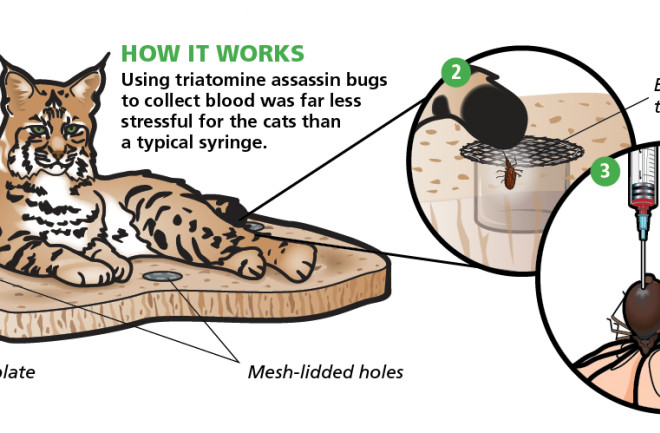Successful conservation helped reintroduce this lynx into the wild. | Iberian Lynx Ex-situ Conservation Program/E. Perez
Bloodsucking Bugs Serve as Syringe Substitutes
How an insect-turned-syringe helped save the Iberian lynx.
By Yao-Hua Law
Apr 30, 2015 5:00 AMNov 12, 2019 5:06 AM

Jay Smith
Newsletter
Sign up for our email newsletter for the latest science news
0 free articles left
Want More? Get unlimited access for as low as $1.99/month
Stay Curious
Sign up for our weekly newsletter and unlock one more article for free.
View our Privacy Policy
Want more?
Keep reading for as low as $1.99!
Already a subscriber?
Find my Subscription
More From Discover
Stay Curious
Subscribe
To The Magazine
Save up to 40% off the cover price when you subscribe to Discover magazine.
Copyright © 2025 LabX Media Group
